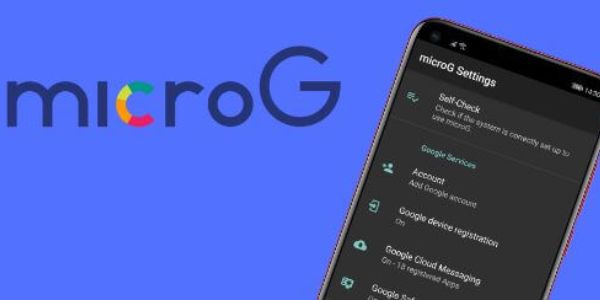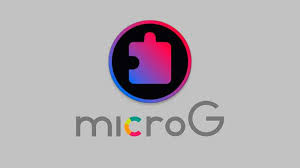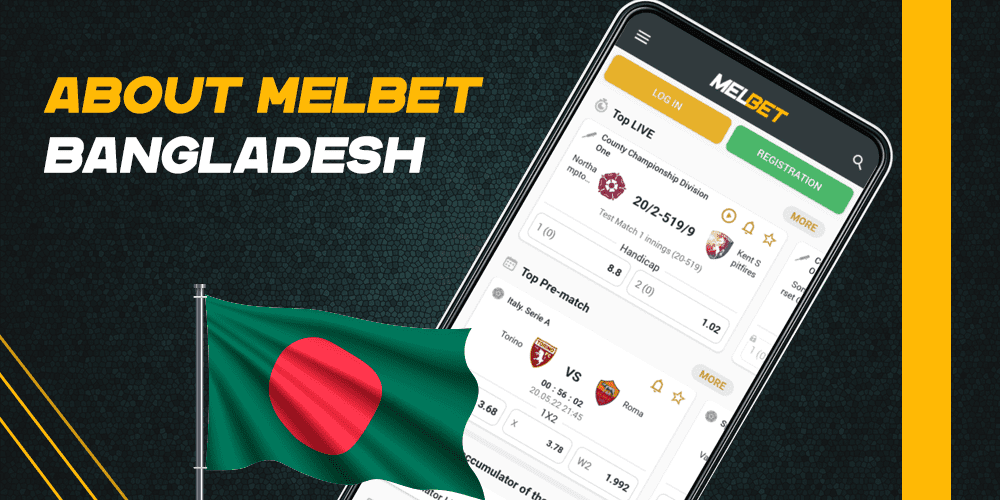Custom ROMs offer a world of possibilities for Android users, allowing them to personalize their devices and experience new features. However, one familiar challenge custom ROM enthusiasts face is the absence of Google Play Services (GPS) due to licensing restrictions or privacy concerns. This limitation can hinder access to various apps that rely heavily on GPS.
Fortunately, an open-source alternative called MicroG GmsCore aims to provide basic functionality similar to Google Play Services while respecting user privacy. This blog post will explore how to use MicroG GmsCore alongside your favourite custom ROMs on Android.
Understanding MicroG GmsCore:
MicroG is essentially a free and open-source implementation of GPS APIs found in proprietary services like Google Play Services. It allows applications developed for these APIs to function correctly without requiring proprietary services.
Installing and configuring MicroG GmsCore allows you access to core functionalities such as location-based services (including maps), push notifications, cloud messaging capabilities (for app updates), authentication support via Google accounts, and more – all without relying directly on Google’s closed ecosystem.
Installing Custom ROMs with Built-in Support for MicroG:
- Research compatible custom ROMs: Research which custom firmware options include built-in support or pre-installed versions of MicroG out-of-the-box.
- Backup your data: Before proceeding with any installation process involving flashing a new firmware onto your device, always back up essential data stored locally or within installed applications.
- Unlock bootloader & flash recovery image: Depending on your specific device model and manufacturer policies regarding unlocking bootloaders/rooting/custom recoveries, etc., follow appropriate instructions available online forums/guides dedicated specifically towards rooting/flashing/installation processes related explicitly tailored toward each unique smartphone/tablet variant.
- Download and install the custom ROM: Once you have unlocked your bootloader and flashed a compatible custom recovery image, download the desired MicroG-supported custom ROM from trusted sources such as XDA Developers or official community forums.
- Flashing process: Boot into recovery mode (usually by holding specific key combinations during device startup) and navigate to “Install” or similar options within your chosen custom recovery interface. Locate the downloaded .zip file of the selected MicroG-enabled firmware, select it for installation, and then confirm the flashing process when prompted.
Configuring MicroG GmsCore:
Enable signature spoofing support: Signature Spoofing is essential for allowing apps that rely on GPS APIs to function correctly with MicroG GmsCore installed. To enable this feature, Navigate to Settings > Developer Options
- Look for an option related to “Signature Spoofing,” usually under advanced settings.
- Enable it if available; otherwise, consult relevant documentation/forum threads regarding enabling signature spoofing tailored to your installed firmware version/custom kernel configuration, etc.
Configure UnifiedNlp backend providers: Unified Network Location Provider (UnifiedNlp) is a component of MicroG responsible for providing location services without relying on Google’s proprietary implementation.
Customize app permissions & settings: Open up Settings > Apps/Permissions section in the Android system settings menu, where individual application-specific permission controls reside alongside other general configurations applicable across various aspects of operating system behaviour/configuration preferences.
Conclusion:
MicroG GmsCore offers users an open-source alternative solution that enables them to enjoy many functionalities typically associated with Google Play Services while maintaining greater control over their data privacy choices.
By following these steps outlined above – researching compatible custom ROMs, backing up data, unlocking bootloaders/flashing recovery images/installing MicroG-supported firmware, and configuring MicroG GmsCore – you can successfully integrate this powerful tool into your Android device.
Always be cautious when modifying your device’s software, as it may void warranties or potentially lead to unforeseen issues. However, with proper research and understanding of the process, using MicroG GmsCore alongside custom ROMs can provide a privacy-conscious alternative for enjoying an enhanced Android experience.








